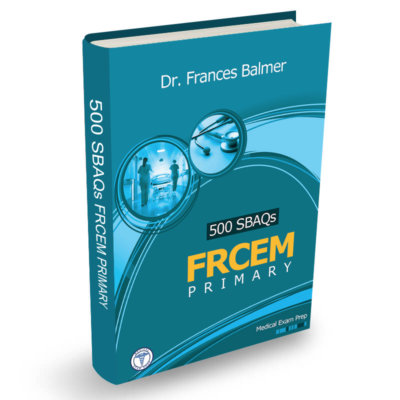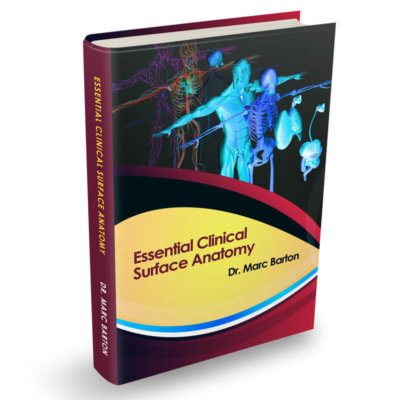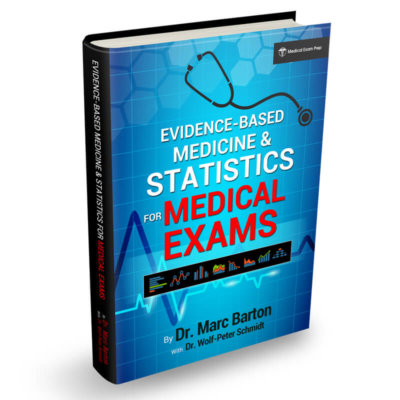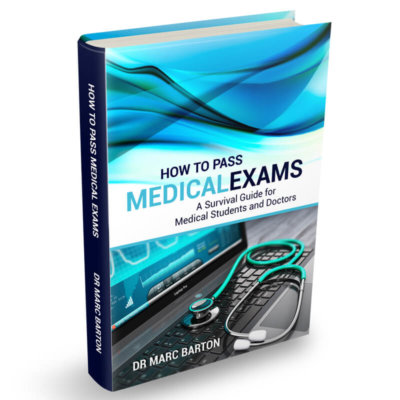Balint (1957) – The Doctor, His Patient, and the Illness
Introduced the bio-psychosocial model of patient care.
Emphasised active listening to uncover the patient’s hidden agenda.
Key ideas:
- ‘Ticket of entry’ (the presented complaint) often hides deeper issues.
- The doctor acts as a drug — the relationship itself can heal.
- Doctor’s beliefs influence patient interactions (‘apostolic function’).
Berne (1964) – Games People Play
Developed Transactional Analysis: every interaction stems from one of three ego states:
- Parent, Adult, or Child.
Consultations often reflect a Parent–Child dynamic — but the ideal is an Adult–Adult interaction.
Promotes awareness of emotional tone and role during consultations.
Byrne and Long (1976) – Doctors Talking to Patients
Analysed thousands of real consultations and identified six phases:
- Establish relationship
- Discover reasons for attendance
- Examination
- Consider the condition
- Plan treatment/investigation
- Close the consultation
Stott and Davis (1979) – Exceptional Potential in Every Consultation
Identified four key areas to address in every consultation:
- Management of presenting problem
- Modification of help-seeking behaviour
- Management of continuing problems
- Opportunistic health promotion
Helman (1984) – Culture, Health and Illness
Patients seek answers to seven questions during illness:
- What has happened?
- Why has it happened?
- Why me?
- Why now?
- What happens if nothing is done?
- How does it affect others?
- What should I do about it?
Pendleton et al. (1984) – The Consultation: Learning and Teaching
Set out seven tasks for every consultation:
- Define reasons for attendance
- Consider other problems
- Choose appropriate actions
- Achieve shared understanding
- Involve the patient in management
- Use time and resources appropriately
- Build and maintain the relationship
Neighbour (1987) – The Inner Consultation
Easy-to-remember five-stage model:
- Connecting
- Summarising
- Handing over
- Safety netting
- Housekeeping (doctor looks after themselves emotionally)
Emphasised goal setting, skill building, and bringing it all together.
Calgary-Cambridge Model (1996) – The Medical Interview
Widely used patient-centred model with five stages:
- Initiating the session
- Gathering information
- Building the relationship
- Explanation and planning
- Closing the session
Focuses on collaborative partnership with the patient.
Consultation Models Memory Grid
| Model | Year | Core Concept
|
| Balint
|
1957 | Doctor-patient relationship matters; hidden agendas are common; doctor acts like a drug.
|
| Berne | 1964 | Parent–Adult–Child ego states; aim for Adult–Adult communication.
|
| Byrne and Long | 1976
|
Six phases of consultation flow from building rapport to closing.
|
| Stott and Davis
|
1979 | Every consultation is a chance: manage problem, modify behaviour, promote health.
|
| Helman
|
1984 | Patients seek seven answers about their illness — not just diagnosis.
|
| Pendleton et al.
|
1984 | Seven practical tasks to structure a consultation.
|
| Neighbour
|
1987 | Five steps: Connect, Summarise, Handover, Safety Net, Self-care.
|
| Calgary-Cambridge
|
1996 | Structured, patient-centred communication; build partnership throughout.
|
Header image used on licence from Shutterstock
Thank you to the joint editorial team of MRCGP Exam Prep for this exam tips post.






